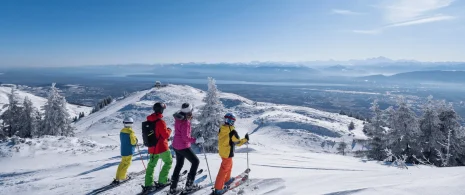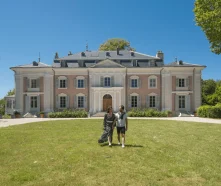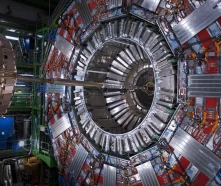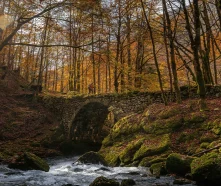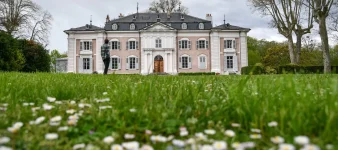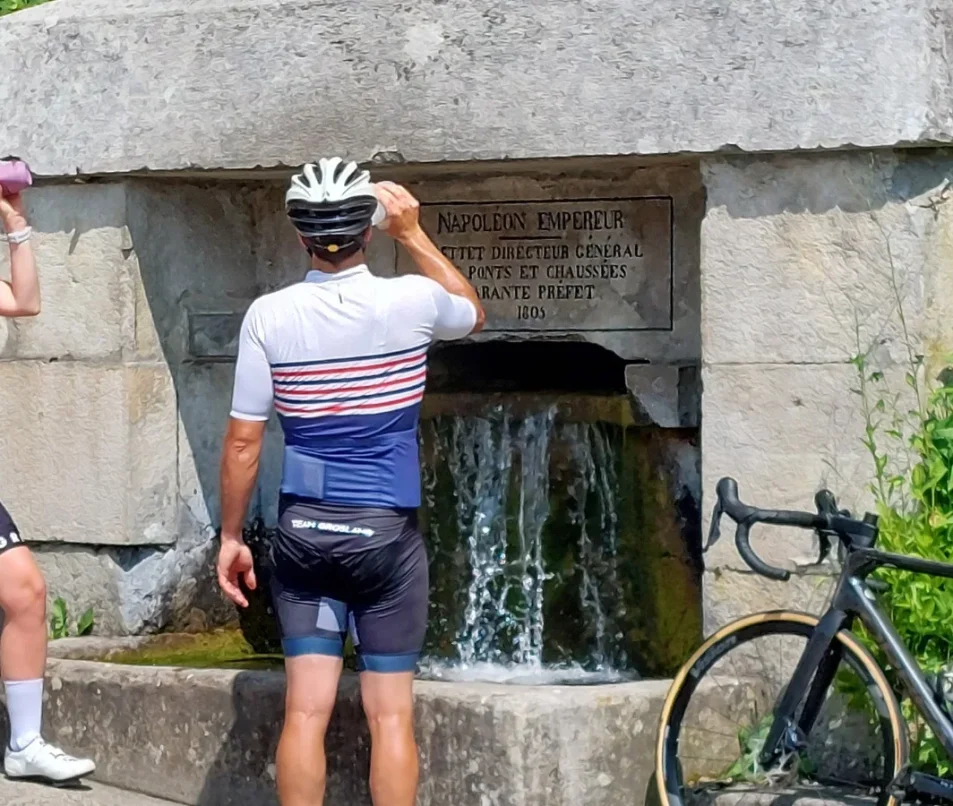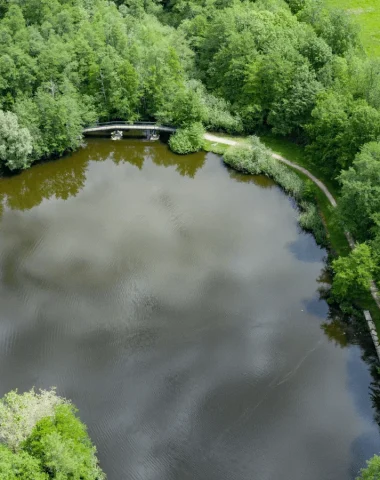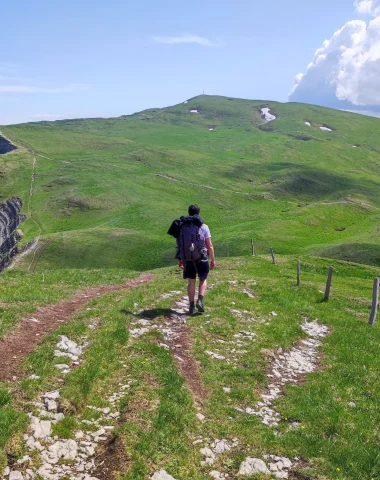By Anaïs, on 08 Aug 2023
Reading time: 2 min.
How many times have I glimpsed this modest fountain, a discreet refuge for thirsty cyclists, without ever stopping? One day, however, curiosity got the better of me: why a fountain in this very spot? What’s its history? And above all… what does Napoleon have to do with all this?
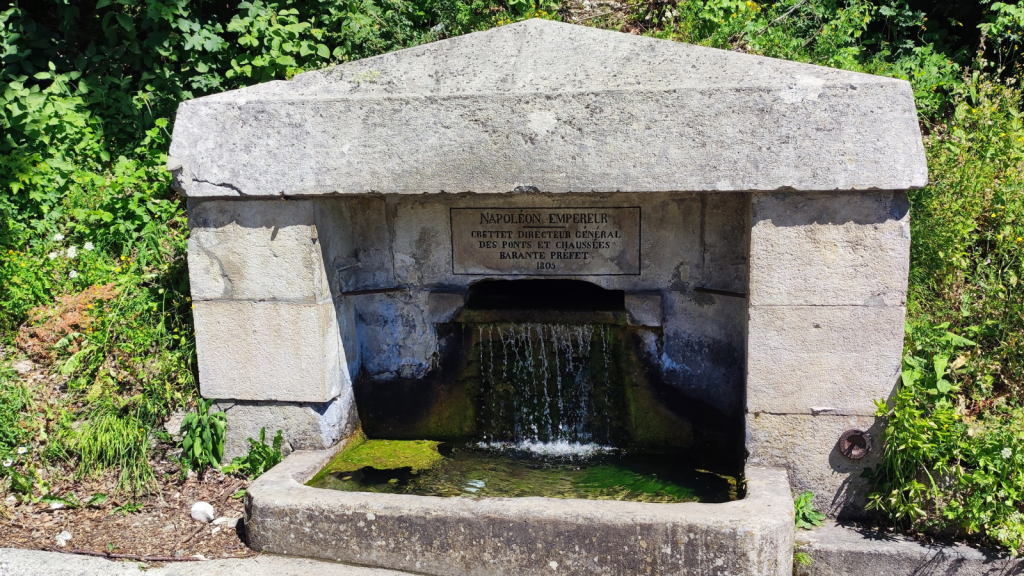
To satisfy my curiosity, I decided to stop along the way to get answers to my questions.
Why a fountain here? How long has it existed? What is its history?
First observation: a date and a name… what a surprise!
“Napoleon emperor”, and this date inscribed in stone… 1805
Has Napoleon been here?
Here I am, researching to find out more.
It would therefore appear that Napoleon came down the Col de la Faucille on his way to fight the battle at Marengo, in Italy. It is also said that the deposed emperor passed through on his way back from Elba and quenched his thirst at the fountain that now bears his name.
Is this a true story?
That doesn’t seem very likely! In fact, the fountain owes its name to a zealous prefect (Barante, then prefect of the Ain) who named it in honour of Napoleon in 1805, just as he was beginning his reign.
As for the name “Crettet” on the fountain, it refers to the man who built the carriage road, which was completed in 1804. From now on, I won’t be seeing this bend just as a resting place for brave cyclists.

As the famous saying goes…
You should never say: "Fountain, I will not drink your water"!
Monsieur Carmontel, 1769
Thematics
Did you find this content useful?
Thank you
Thank you for taking the time to let us know that you found this content useful. Your encouragement is important to us, and your feedback helps us to improve.
Thank you
Thank you for taking the time to let us know that this content was not useful to you. We apologise for any inconvenience.
Share this content
Share this content
You might also like
- Activity
- Family
- Nature
Let’s go fishing in the Cessy pond!
By Anaïs, on 18 Jun 2025
Reading time: 4 min.
- Nature
What you need to know about pitching your tent in the Monts Jura?
By Juliette, on 16 Jun 2025
Reading time: 4 min.
- Nature
5 places to recharge your batteries in Pays de Gex
By Anaïs, on 14 May 2025
Reading time: 6 min.
- Activity
- Nature
Your hike to Crêt de la Neige, the roof of the Jura
By Juliette, on 14 May 2025
Reading time: 4 min.
- Family
- Nature
Our most beautiful sunrise and sunset spots
By Anaïs, on 14 May 2025
Reading time: 6 min.
